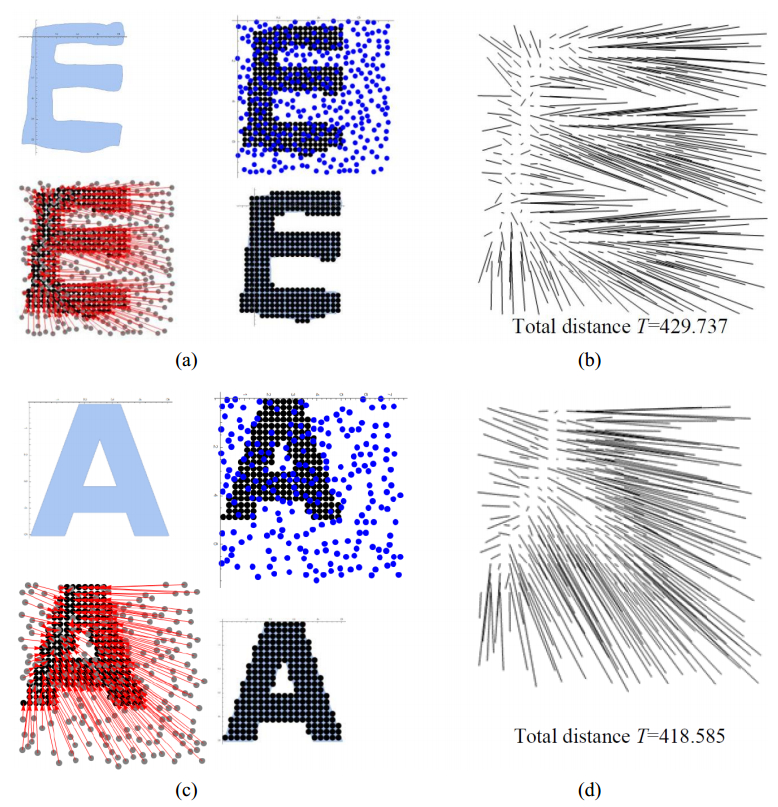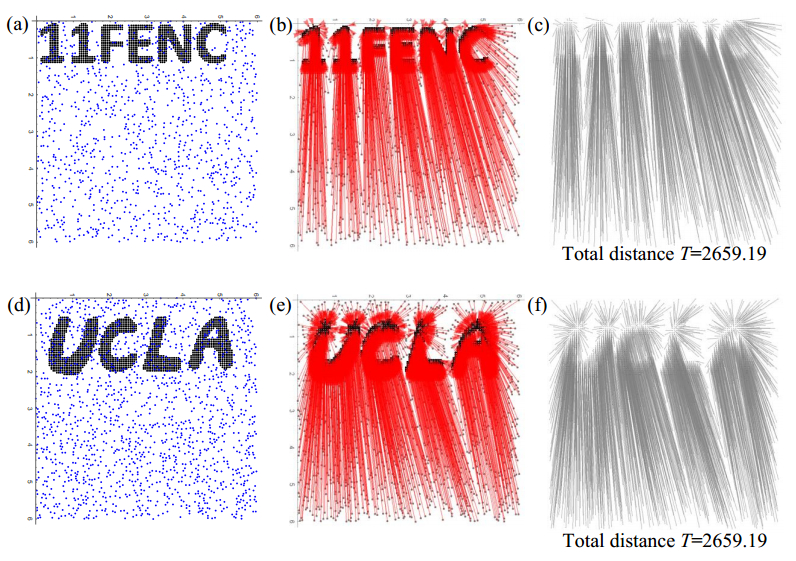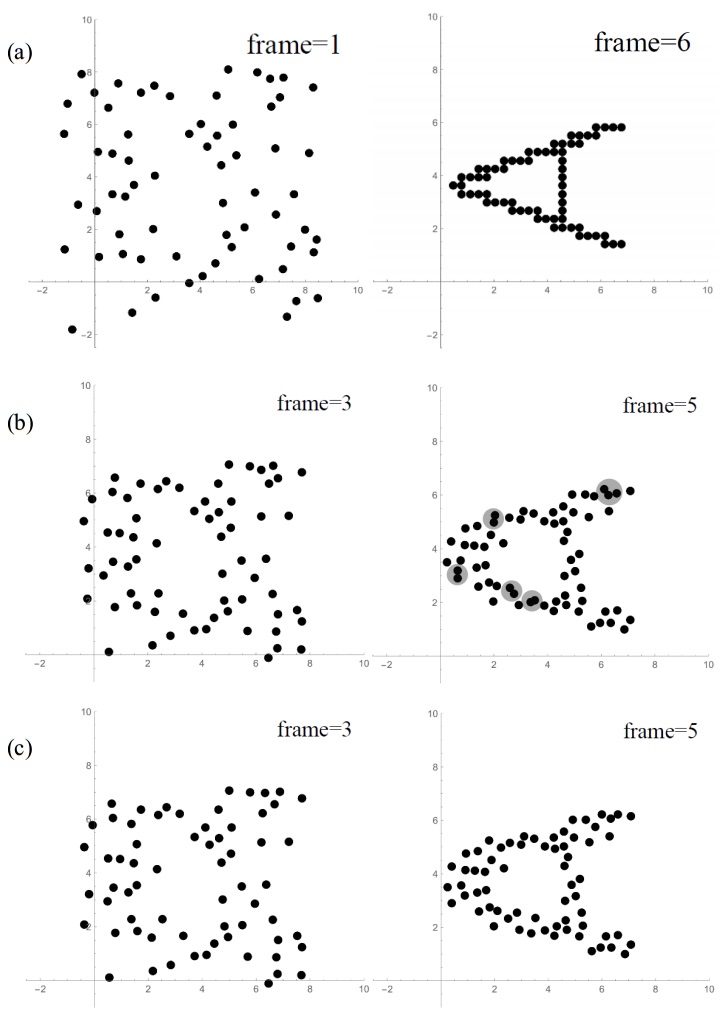| 1.
|
Diana M. Thomas, Marion Weedermann, Bernard F. Fuemmeler, Corby K. Martin, Nikhil V. Dhurandhar, Carl Bredlau, Steven B. Heymsfield, Eric Ravussin, Claude Bouchard,
Dynamic model predicting overweight, obesity, and extreme obesity prevalence trends,
2014,
22,
19307381,
590,
10.1002/oby.20520
|
|
| 2.
|
Paul J. Gruenewald, William R. Ponicki, Lillian G. Remer, Fred W. Johnson, Lance A. Waller, Dennis M. Gorman, Li Zhu,
2013,
Chapter 9,
978-90-481-8920-5,
167,
10.1007/978-90-481-8921-2_9
|
|
| 3.
|
D. M. G. Comissiong, J. Sooknanan,
A review of the use of optimal control in social models,
2018,
6,
2195-268X,
1841,
10.1007/s40435-018-0405-3
|
|
| 4.
|
Paul J. Gruenewald, William R. Ponicki, Lillian G. Remer, Lance A. Waller, Li Zhu, Dennis M. Gorman,
Mapping the Spread of Methamphetamine Abuse in California From 1995 to 2008,
2013,
103,
0090-0036,
1262,
10.2105/AJPH.2012.300779
|
|
| 5.
|
L.H.A. Monteiro,
Population dynamics in educational institutions considering the student satisfaction,
2016,
30,
10075704,
236,
10.1016/j.cnsns.2015.06.015
|
|
| 6.
|
Fabio Sánchez, Xiaohong Wang, Carlos Castillo-Chávez, Dennis M. Gorman, Paul J. Gruenewald,
2007,
9780123694294,
353,
10.1016/B978-012369429-4/50046-X
|
|
| 7.
|
Baojun Song, Zhilan Feng, Gerardo Chowell,
From the guest editors,
2013,
10,
1551-0018,
10.3934/mbe.2013.10.5i
|
|
| 8.
|
Fabio Sanchez, Juan G. Calvo, Esteban Segura, Zhilan Feng,
A partial differential equation model with age-structure and nonlinear recidivism: Conditions for a backward bifurcation and a general numerical implementation,
2019,
78,
08981221,
3916,
10.1016/j.camwa.2019.06.021
|
|
| 9.
|
David Greenhalgh, Martin Griffiths,
Dynamic phenomena arising from an extended Core Group model,
2009,
221,
00255564,
136,
10.1016/j.mbs.2009.08.003
|
|
| 10.
|
Daniel M. Romero, Christopher M. Kribs-Zaleta, Anuj Mubayi, Clara Orbe,
An epidemiological approach to the spread of political third parties,
2011,
15,
1553-524X,
707,
10.3934/dcdsb.2011.15.707
|
|
| 11.
|
Francisco-José Santonja, Iván-C. Lombana, María Rubio, Emilio Sánchez, Javier Villanueva,
A network model for the short-term prediction of the evolution of cocaine consumption in Spain,
2010,
52,
08957177,
1023,
10.1016/j.mcm.2010.02.032
|
|
| 12.
|
Aqsa Nazir, Naveed Ahmed, Umar Khan, Syed Tauseef Mohyud-Din,
A conformable mathematical model for alcohol consumption in Spain,
2019,
12,
1793-5245,
1950057,
10.1142/S1793524519500578
|
|
| 13.
|
Anuj Mubayi, Priscilla E. Greenwood, Carlos Castillo-Chávez, Paul J. Gruenewald, Dennis M. Gorman,
The impact of relative residence times on the distribution of heavy drinkers in highly distinct environments,
2010,
44,
00380121,
45,
10.1016/j.seps.2009.02.002
|
|
| 14.
|
Bechir Amdouni, Marlio Paredes, Christopher Kribs, Anuj Mubayi,
Why do students quit school? Implications from a dynamical modelling study,
2017,
473,
1364-5021,
20160204,
10.1098/rspa.2016.0204
|
|
| 15.
|
Yun Kang, Carlos Castillo-Chávez,
A simple epidemiological model for populations in the wild with Allee effects and disease-modified fitness,
2014,
19,
1553-524X,
89,
10.3934/dcdsb.2014.19.89
|
|
| 16.
|
Stephen Wirkus, Christopher Kribs-Zaleta, Erika T. Camacho,
The mathematical and theoretical biology institute - a model of mentorship through research,
2013,
10,
1551-0018,
1351,
10.3934/mbe.2013.10.1351
|
|
| 17.
|
Francisco-José Santonja, Emilio Sánchez, María Rubio, José-Luis Morera,
Alcohol consumption in Spain and its economic cost: A mathematical modeling approach,
2010,
52,
08957177,
999,
10.1016/j.mcm.2010.02.029
|
|
| 18.
|
Emilio Sánchez, Rafael-Jacinto Villanueva, Francisco-José Santonja, María Rubio,
Predicting cocaine consumption in Spain: A mathematical modelling approach,
2011,
18,
0968-7637,
108,
10.3109/09687630903443299
|
|
| 19.
|
Daniel M. Romero, Christopher M. Kribs-Zaleta, Anuj Mubayi, Clara Orbe,
An Epidemiological Approach to the Spread of Political Third Parties,
2009,
1556-5068,
10.2139/ssrn.1503124
|
|
| 20.
|
Sunhwa Choi, Jonggul Lee, Eunok Jung,
OPTIMAL STRATEGIES FOR PREVENTION OF ECSTASY USE,
2014,
18,
1226-9433,
1,
10.12941/jksiam.2014.18.001
|
|
| 21.
|
J. Sooknanan, D.M.G. Comissiong,
A mathematical model for the treatment of delinquent behaviour,
2018,
63,
00380121,
60,
10.1016/j.seps.2017.08.001
|
|
| 22.
|
Joanna Sooknanan, Donna M. G. Comissiong,
When behaviour turns contagious: the use of deterministic epidemiological models in modeling social contagion phenomena,
2017,
5,
2195-268X,
1046,
10.1007/s40435-016-0271-9
|
|
| 23.
|
Christopher Kribs-Zaleta,
Sociological phenomena as multiple nonlinearities: MTBI's new metaphor for complex human interactions,
2013,
10,
1551-0018,
1587,
10.3934/mbe.2013.10.1587
|
|
| 24.
|
Ariel Cintrón-Arias, Fabio Sánchez, Xiaohong Wang, Carlos Castillo-Chavez, Dennis M. Gorman, Paul J. Gruenewald,
2009,
Chapter 14,
978-90-481-2312-4,
343,
10.1007/978-90-481-2313-1_14
|
|
| 25.
|
Caroline E. Walters, Jeremy R. Kendal,
An SIS model for cultural trait transmission with conformity bias,
2013,
90,
00405809,
56,
10.1016/j.tpb.2013.09.010
|
|
| 26.
|
Yusra Bibi Ruhomally, Muhammad Zaid Dauhoo, Laurent Dumas,
A graph cellular automaton with relation-based neighbourhood describing the impact of peer influence on the consumption of marijuana among college-aged youths,
2021,
0,
2164-6074,
0,
10.3934/jdg.2021011
|
|
| 27.
|
Theophilus Kwofie, Matthias Dogbatsey, Stephen E. Moore,
Curtailing crime dynamics: A mathematical approach,
2023,
8,
2297-4687,
10.3389/fams.2022.1086745
|
|
| 28.
|
Baojun Song,
Basic reinfection number and backward bifurcation,
2021,
18,
1551-0018,
8064,
10.3934/mbe.2021400
|
|
| 29.
|
Cesar Montalvo-Clavijo, Carlos Castillo-Chavez, Charles Perrings, Anuj Mubayi,
Neighborhood effects, college education, and social mobility,
2022,
00380121,
101471,
10.1016/j.seps.2022.101471
|
|
| 30.
|
Christopher Anaya, Clara Burgos, Juan-Carlos Cortés, Rafael-J. Villanueva,
Capturing the Data Uncertainty Change in the Cocaine Consumption in Spain Using an Epidemiologically Based Model,
2016,
2016,
1085-3375,
1,
10.1155/2016/1758459
|
|
| 31.
|
Julia Calatayud, Marc Jornet, Jorge Mateu,
Spatial modeling of crime dynamics: Patch and reaction–diffusion compartmental systems,
2023,
0170-4214,
10.1002/mma.9064
|
|
| 32.
|
Fabio Sanchez, Jorge Arroyo-Esquivel, Juan G. Calvo,
A mathematical model with nonlinear relapse: conditions for a forward-backward bifurcation,
2023,
17,
1751-3758,
10.1080/17513758.2023.2192238
|
|
| 33.
|
Yusra Bibi Ruhomally, Muhammad Zaid Dauhoo,
2023,
9789815079241,
15,
10.2174/9789815079241123010005
|
|
| 34.
|
Julia Calatayud, Marc Jornet, Jorge Mateu,
A dynamical mathematical model for crime evolution based on a compartmental system with interactions,
2024,
0020-7160,
1,
10.1080/00207160.2024.2302840
|
|
| 35.
|
Leigh B. Pearcy, Suzanne Lenhart, W. Christopher Strickland,
Structural instability and linear allocation control in generalized models of substance use disorder,
2024,
371,
00255564,
109169,
10.1016/j.mbs.2024.109169
|
|


















 DownLoad:
DownLoad: